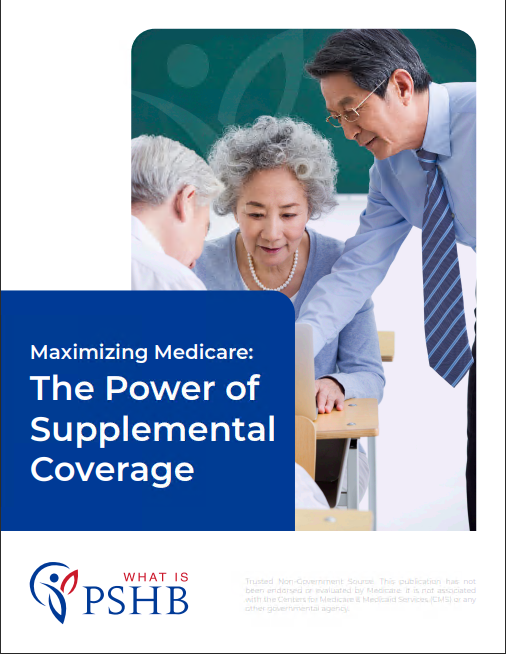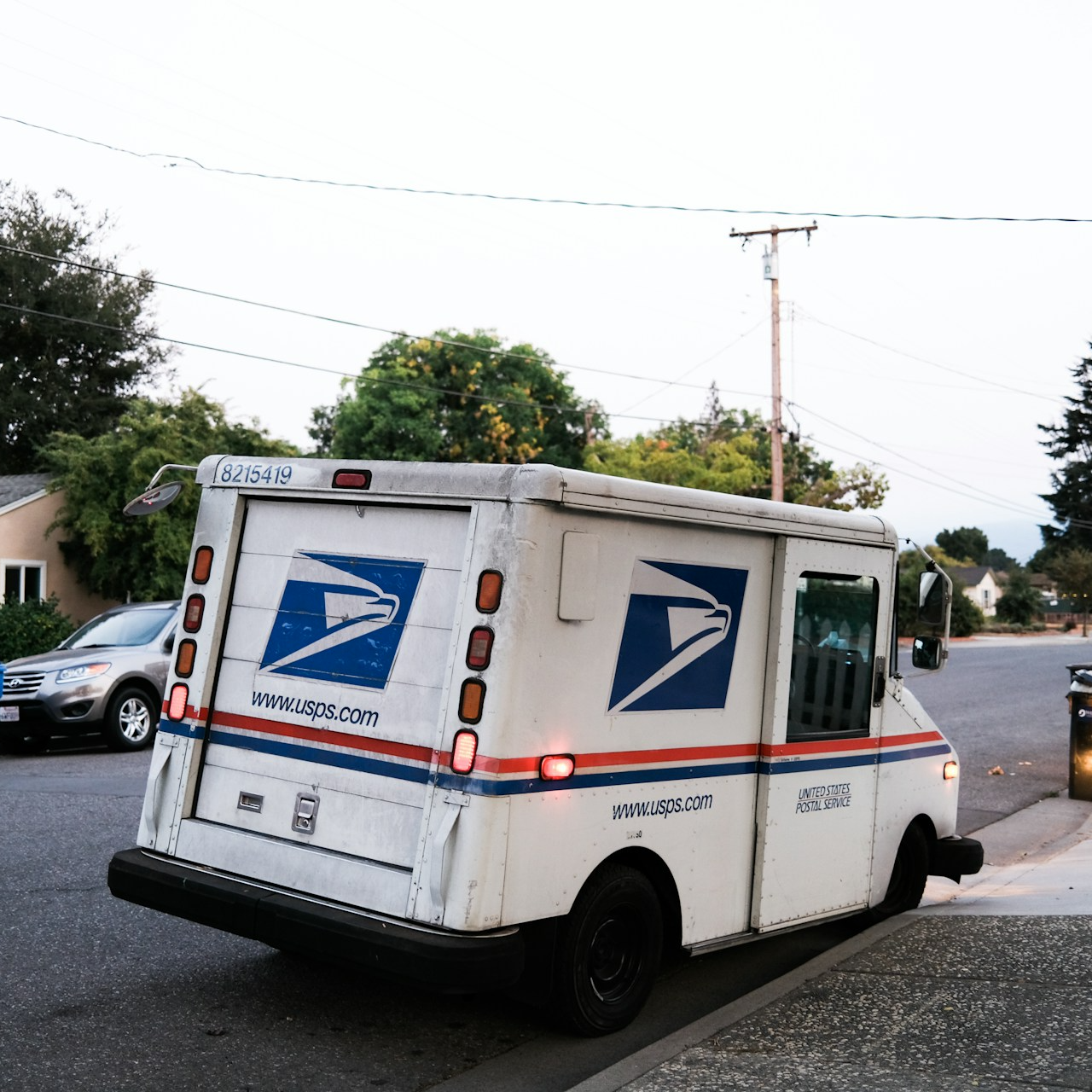Key Takeaways
-
If you’re a Postal Service retiree or annuitant eligible for Medicare in 2025, enrolling in Medicare Part B is more than just a recommendation—it can be a requirement to maintain full PSHB benefits.
-
Skipping Part B could result in coverage gaps, financial penalties, and even the loss of integrated prescription drug coverage under the PSHB Medicare Advantage features.
Why Medicare Part B Feels Optional—But Isn’t for PSHB Enrollees
On paper, Medicare Part B enrollment is voluntary. You’re not forced to sign up when you become eligible. But if you’re enrolled in a Postal Service Health Benefits (PSHB) plan and meet certain criteria, not enrolling in Part B could trigger unintended consequences that disrupt the coverage you’ve relied on.
This is especially important in 2025, as the PSHB program now requires many Medicare-eligible Postal Service retirees and family members to be enrolled in Part B to maintain access to full benefits, including drug coverage and lower out-of-pocket costs.
Who Must Enroll in Part B Under PSHB?
In 2025, the requirement to enroll in Medicare Part B applies to the following individuals:
-
You are a Postal Service annuitant or family member who is entitled to Medicare Part A.
-
You were not retired as of January 1, 2025.
-
You do not qualify for an exemption (e.g., certain foreign residents or beneficiaries of other federal health programs like VA or IHS).
If you fall into these categories and choose not to enroll in Medicare Part B, your PSHB plan may:
-
Discontinue your prescription drug coverage.
-
Provide only limited benefits that coordinate poorly with Medicare Part A alone.
-
Leave you responsible for higher coinsurance and copayments.
What Part B Covers That Part A Doesn’t
It’s easy to assume that Medicare Part A alone is enough since it covers hospital stays. But that’s only one part of the medical landscape. Medicare Part B fills in critical gaps, including:
-
Doctor’s office visits
-
Outpatient services
-
Preventive screenings
-
Mental health care
-
Durable medical equipment
Without Part B, you may be responsible for 100% of these costs out of pocket unless your PSHB plan offers fallback coverage—which many will not unless you also have Part B.
Financial Risks of Skipping Part B
Choosing to forgo Medicare Part B in 2025 doesn’t just affect your benefits today—it has long-term consequences:
-
Late Enrollment Penalties: If you enroll in Part B later, you’ll face a permanent monthly penalty of 10% for each 12-month period you delayed enrollment without creditable coverage.
-
Missed Special Enrollment Periods: The special window for PSHB Medicare Part B enrollment in 2024 closed in September. If you missed it, your next chance might be the General Enrollment Period (January to March), with coverage delayed until July and penalties applied.
-
Higher Out-of-Pocket Costs: Without Part B, you could lose access to cost-sharing reductions in your PSHB plan—such as waived deductibles or lower copayments for Medicare-integrated services.
How PSHB Coordinates With Medicare Part B
PSHB plans are specifically structured to work with Medicare, not around it. In fact, 2025 is the first year this integrated model applies to all Postal Service employees and annuitants under the PSHB umbrella.
When you’re enrolled in both Medicare Part A and Part B, your PSHB plan may:
-
Waive your deductible.
-
Lower your coinsurance and copayments.
-
Provide access to enhanced drug coverage through Medicare Part D via the Employer Group Waiver Plan (EGWP).
-
Offer reimbursement for a portion of your Part B premium (depending on plan selection).
If you skip Part B, you forfeit these benefits.
The Hidden Impact on Prescription Drug Coverage
One of the biggest shifts under PSHB in 2025 is how drug benefits are delivered to Medicare-eligible enrollees. These are now offered through an integrated Part D drug plan via EGWP. However, to receive this:
-
You must be enrolled in Medicare Part B.
-
You must maintain PSHB coverage.
Opting out of Part B will automatically remove your access to the integrated prescription benefit. There is no stand-alone drug coverage fallback in PSHB for retirees who skip Part B. And you won’t be able to rejoin the EGWP drug coverage later unless you enroll in Part B and are still eligible for PSHB.
Part B Enrollment Timelines You Need to Know
Timing is crucial with Medicare Part B:
-
Initial Enrollment Period (IEP): This 7-month period begins three months before the month you turn 65, includes your birthday month, and ends three months afterward.
-
Special Enrollment Period (SEP): Postal retirees had a one-time SEP from April to September 2024 to enroll in Part B penalty-free.
-
General Enrollment Period (GEP): Held each year from January 1 to March 31. If you enroll here, your Part B starts in July, and late penalties may apply.
If you miss your IEP and did not qualify for the 2024 SEP, your only option may now be the GEP, which comes with delayed coverage and possibly permanent penalties.
Common Misunderstandings About Part B and PSHB
There are several persistent myths among Postal retirees:
-
“I only need Part A, my PSHB plan will cover the rest.” Not true in 2025. PSHB plans are integrated with Medicare, and many benefits depend on Part B enrollment.
-
“I can enroll in Part B later with no penalty.” Only if you qualify for a special enrollment period. Otherwise, late penalties apply.
-
“I’m retired, but I don’t use much healthcare.” This could change quickly. Part B ensures you’re covered for outpatient services, preventive care, and emergencies without devastating costs.
-
“I thought I had until 65 to decide.” That’s only partially correct. If you were already Medicare-eligible in 2024 and missed the special PSHB enrollment window, you may now face consequences.
What If You’re Exempt From the Requirement?
Some individuals are exempt from the mandatory Part B enrollment requirement. You are likely exempt if:
-
You retired on or before January 1, 2025.
-
You are 64 or older as of January 1, 2025.
-
You live outside the United States and do not use Medicare.
-
You receive healthcare through the VA or Indian Health Service (IHS).
These individuals may keep PSHB coverage without Part B. However, enrolling in Part B still enhances your benefits if you later become eligible or return to the U.S.
Next Steps If You Haven’t Enrolled Yet
If you missed the 2024 SEP and are required to have Part B:
-
Check your Medicare eligibility status.
-
Mark your calendar for the General Enrollment Period (January 1 to March 31).
-
Understand that coverage will begin in July of the same year.
-
Budget for the standard monthly Part B premium, which is $185 in 2025.
-
Consider whether your PSHB plan reimburses any portion of your Part B premium.
Remember, the longer you wait, the more costly it becomes.
Making the Right Choice for Long-Term Coverage
Although Medicare Part B might appear optional, the PSHB program has made it effectively essential for continued, cost-effective health coverage for Postal Service retirees and annuitants. By understanding how your plan functions alongside Medicare and what you risk by opting out, you can make a decision that protects your access to care and shields you from excessive out-of-pocket costs.
If you’re unsure whether you need to enroll or how it affects your PSHB benefits, getting personalized advice now can save you from complications later.
Get Help Before Enrollment Mistakes Become Costly
Enrolling in Medicare Part B is no longer just a box to check. It’s a crucial step in preserving your PSHB benefits, your prescription drug coverage, and your financial protection in retirement.
If you’re navigating this decision or have questions about how Medicare integrates with your current plan, speak with a licensed agent listed on this website. They can help you review your situation and avoid expensive missteps.









